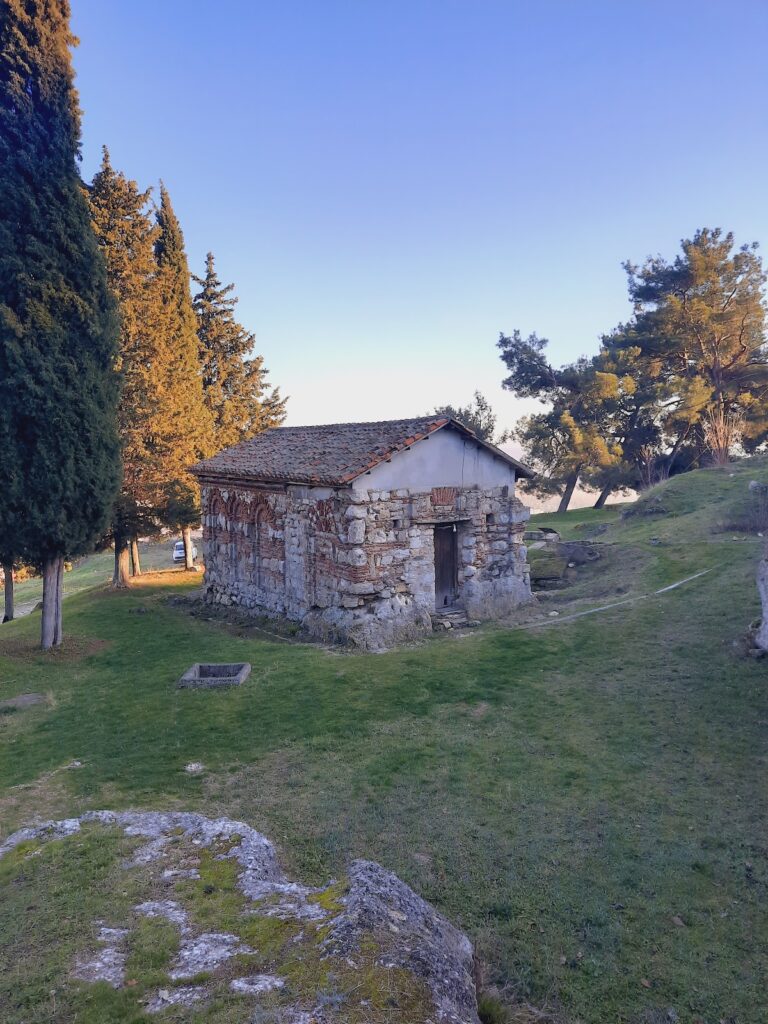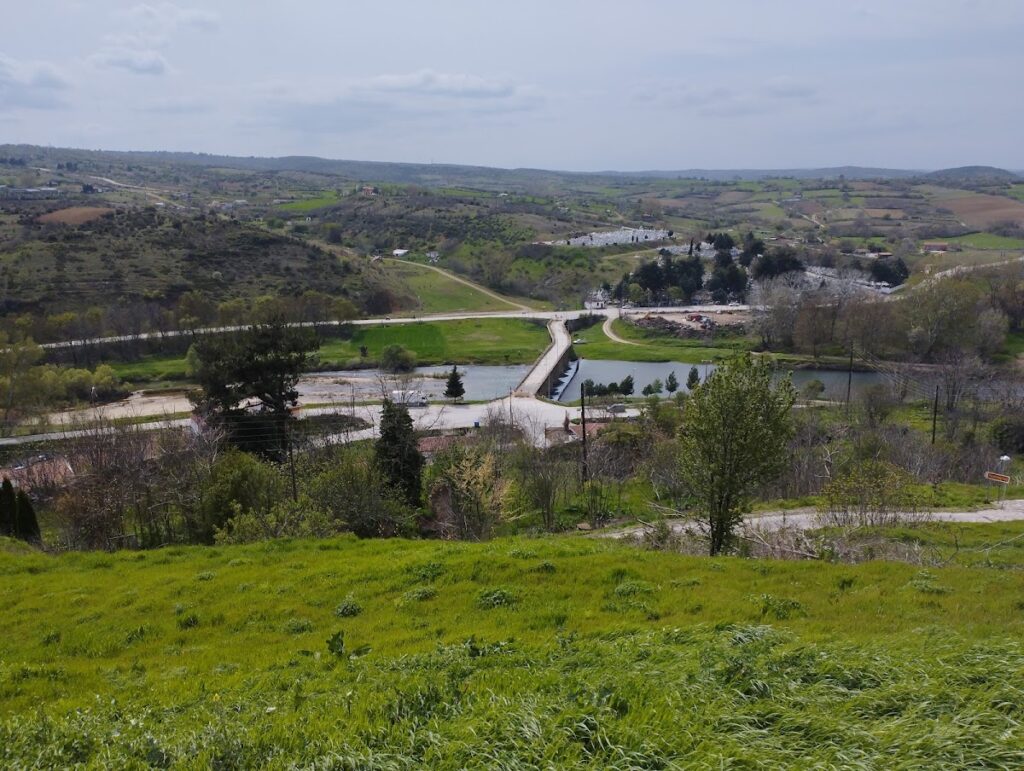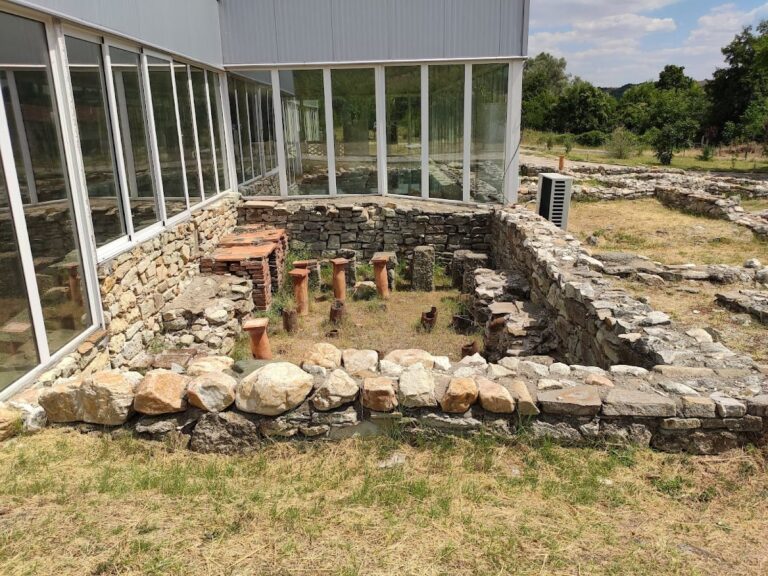Castle of Didymoteicho: A Byzantine Fortress in Greece
Visitor Information
Google Rating: 4.4
Popularity: Low
Google Maps: View on Google Maps
Official Website: www.kastra.eu
Country: Greece
Civilization: Unclassified
Remains: Military
History
The Castle of Didymoteicho is a medieval fortress built by the Byzantine Empire, located within the municipality of Didymoteicho in modern Greece. Positioned atop a hill near the Erythropotamos River, it was strategically important for controlling the road to Constantinople and securing the region of Thrace.
The fortress’s origins trace back at least to the 6th century when the Byzantine Emperor Justinian I undertook major restoration works. As recorded by the historian Procopius, these reconstructions aimed to strengthen the Danube frontier against frequent incursions by Slavic tribes, Bulgarians, and Avars. Further enhancements to the walls and defenses occurred under Constantine V in the 8th century, reflecting ongoing conflicts with Bulgarian forces in the region.
In the early 13th century, the fortress, then known as Demotika, witnessed significant military activity during the decline of Byzantine control. It was besieged in 1206 by the Bulgarian ruler Tsar Kaloyan and subsequently came under the rule of the Latin Empire following the Fourth Crusade’s impact on Byzantine territories. Byzantine forces regained control by the early 14th century, around 1303, undertaking additional repairs and strengthening of the walls to restore its defensive capacity.
Throughout the 14th century, the castle became a focal point in several Byzantine civil wars. It served as the residence and military headquarters for Emperor Andronic III Palaiologos between 1321 and 1328. Later, in 1341, John VI Kantakouzenos declared himself emperor within its walls during a civil conflict against John V Palaiologos. A pivotal battle occurred nearby in October 1352, where John VI Kantakouzenos, receiving support from Ottoman forces led by Orhan I, confronted John V Palaiologos, allied with Serbian troops. This encounter marked the first significant Ottoman victory on European territory.
In 1361, the Ottoman Empire captured the fortress, ending its role as a frontline stronghold. After the conquest, the castle gradually lost strategic significance and was increasingly neglected. Despite this decline, it saw periods of occupation and damage during later conflicts, including the Russo-Turkish wars of 1828–29 and 1877–78. Local tradition also holds that Charles XII of Sweden was placed under house arrest within the fortress following his defeat at the Battle of Poltava in 1709 during his exile in the Ottoman Empire.
Most recently, the fortress endured a large fire in August 2020, which endangered several of its historic buildings but was successfully contained through the efforts of firefighters and volunteers.
Remains
The Castle of Didymoteicho encloses an area defined by walls approximately one kilometer long and rising up to twelve meters in height. These formidable fortifications incorporate twenty-four towers, some of which preserve Byzantine monograms and various decorative or symbolic motifs, revealing their origins and historic significance.
The two main entrances, known collectively as the Kale Gates, stand out as key features of the complex. These gates, framed by five-sided towers, date back to the Justinian-era rebuilding in the 6th century. Notably, the western gate, oriented toward the Erythropotamos River, remains an original Byzantine construction. Adjacent to this gate, a smaller entrance and tower with distinctive pointed arches were added during the early Ottoman period, illustrating the site’s continued adaptation under successive rulers.
Inside the fortifications, numerous carved caves have been excavated directly from the bedrock. Historically, these subterranean spaces served multiple purposes, including dwelling quarters and storage areas for water and food supplies, highlighting practical responses to the demands of living under siege or isolation.
Several post-Byzantine structures remain within the fortress walls, reflecting continued religious and communal use beyond the medieval period. Among these is the Church of Aghia Aikaterini, which houses tombs within its precincts, offering insight into local burial practices. The cathedral of Aghios Athanasios, constructed in 1834, and the church of Christ, built twelve years later in 1846, demonstrate the ongoing spiritual significance assigned to the site well into the 19th century.
The fortress complex has suffered wear from centuries of neglect, warfare, and natural events, yet preservation efforts have maintained the integrity of all twenty-four towers as well as the identified post-Byzantine buildings. This survival allows present-day observers to appreciate the layered history encoded in the fortress’s architecture and layout.





